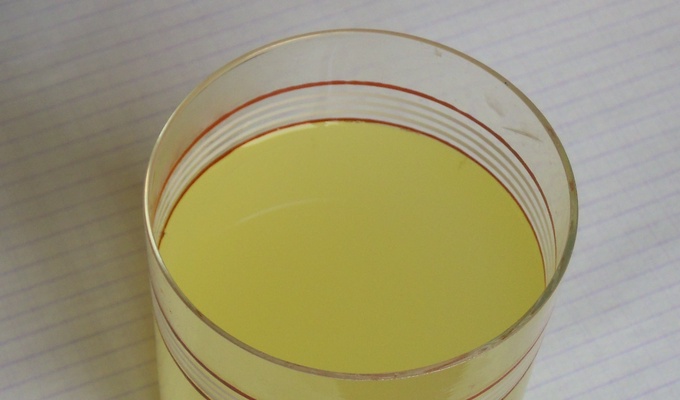Whey is the liquid byproduct remaining after milk has been curdled and strained, a process commonly associated with cheese and yogurt production. It is rich in proteins, vitamins, minerals, and lactose, and has many culinary and industrial applications.
Milk is a complex liquid containing water, fats, proteins, lactose (milk sugar), vitamins, and minerals. The primary proteins in milk are casein and whey proteins. When milk undergoes curdling, casein proteins coagulate to form curds, which can then be processed into cheese. The liquid that remains after curd formation is whey, which still contains most of the milk's water, lactose, whey proteins, and some residual fat and minerals.
Whey can be separated from milk by several methods:
- Enzymatic Coagulation: This is the most common method in cheese-making. An enzyme called rennet, or its microbial or plant-based alternatives, is added to milk, causing the casein proteins to coagulate and form curds, leaving whey behind. This process produces "sweet whey," which has a relatively neutral pH, typically around 6.0 to 6.5.
- Acid Coagulation: This method involves adding an acid, such as lemon juice or vinegar, to milk, which lowers the pH and causes the milk proteins to precipitate out. The whey produced in this process is known as "acid whey" and has a lower pH, generally between 4.0 and 5.0. Acid whey is often a byproduct of yogurt, cottage cheese, and some fresh cheeses. Cheeses made with just acid, like some queso blanco, are mild, soft and crumbly.
- Heat Treatment: Heating milk can also cause proteins to denature and coagulate, leading to whey separation. This method is typically used in conjunction with acidification to produce fresh, unaged cheeses like ricotta, paneer, farmer's cheese, and mascarpone.
Chemical Properties of Whey
Whey is characterized by its high protein content, with key proteins including beta-lactoglobulin, alpha-lactalbumin, and serum albumin. These proteins are soluble in water, which is why they remain in the whey after the curdling process. Whey also contains lactose, vitamins (such as riboflavin and vitamin B12), and minerals (such as calcium and phosphorus).
The pH of whey varies depending on how it was produced. "Sweet whey," derived from enzymatic coagulation, maintains a pH close to that of milk, while "acid whey," from acid coagulation, is more acidic. This difference in pH can influence the taste, texture, and applications of whey in various products.
Uses of Whey
Whey has a wide range of uses:
Whey Cheese: In some cultures, whey is further processed to make whey cheese. Ricotta is one of the most well-known examples, traditionally made by heating whey and coagulating the remaining proteins. Other examples include mysost (also known as brunost), a Scandinavian cheese made by cooking whey until the sugars caramelize, giving it a sweet, brown appearance.
Protein Supplements: Whey proteins are highly valued in the fitness and health industries. Whey protein powder, often derived from sweet whey, is a popular dietary supplement due to its high-quality protein, which contains all essential amino acids. It is used to support muscle building, recovery, and general nutrition.
In Food Processing: Whey is used as an ingredient in a variety of processed foods. It can be found in baked goods, confectionery, and processed meats, where it improves texture, adds moisture, and enhances nutritional value. Whey powder, for example, is often used to enrich the protein content of products. It can be used as a liquid ingredient in bread dough, where its acidity can improve the texture and shelf life of the bread while also adding a subtle tangy flavor.
Fermented Beverages: In some cultures, whey is used to produce fermented drinks like Rivella in Switzerland. These beverages utilize the residual sugars and proteins in whey, often with added flavors or carbonation.
Soup and Stews: Whey can be added to soups and stews as a broth base, providing a nutritious boost while imparting a mild, savory taste.
Smoothies: Due to its high protein content, whey can be blended into smoothies, enhancing the protein profile and contributing to a creamy texture.
Pickling: The acidity of whey, particularly acid whey, makes it suitable for pickling vegetables, offering a probiotic-rich alternative to traditional vinegar brines.
Animal Feed: Acid whey, which is less suitable for human consumption due to its acidity, is often used in animal feed, providing a source of protein and nutrients for livestock.
